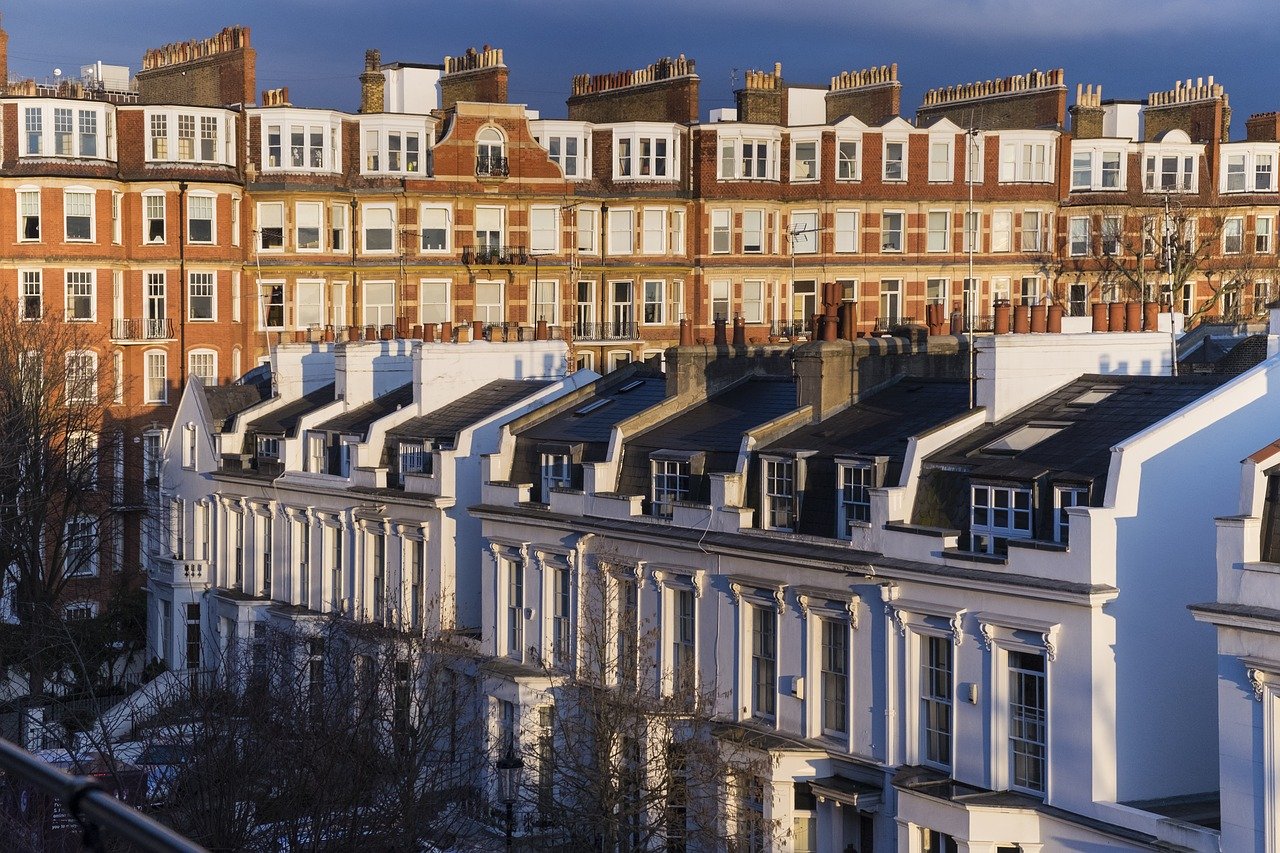
Refurbishments South-West London | A Guide to Permitted Development Rights
Published by Hannah King
Posted on 15 January 2020
At Kluk Construction, our team can provide a planning and structural service. This means we can help with your drawings and planning permission as well as structural calculations. Not all changes, however, will need approval thanks to consent known as Permitted Development (PD). We’ve briefly touched on this topic before but read on for more to help save you time and money.
More on Permitted Development Rights
In simple terms, permitted development rights are an automatic grant of planning permission. They allow homeowners the chance to carry out renovations without having to make a planning application. It applies to most homes but to take full advantage it helps to fully understand the criteria. Check out Planning Portal for more information on the rules around permitted development (PD).
Do They Apply to Your Home?
It’s likely these rights will apply to your home but there are a few things to bear in mind. Any property changes made by past owners will count towards your PD allocation. These rights also don’t apply to maisonettes or flats due to the impact on neighbouring properties. Most houses in general, however, will have this grant to allow certain building works.
Restrictions to Consider
Certain parts of the country are called ‘designated areas’ in which permitted development rights are more restricted. This means planning approval is needed for certain projects that might not be necessary for other areas. This includes conservation areas, national parks and areas of outstanding beauty. Balconies and verandas, however, are also not covered by permitted development rights nationwide.
Permitted Development Changes as of 2019
In May 2019, we saw some big changes in terms of Permitted Development. Revisions relaxed the rules to encourage development and take the pressure off some planning departments. The government has made the new regulations a permanent thing giving homeowners the right to build bigger extensions. If you dream of a large living zone, why not explore extensions with Kluk Construction?
How to Check if Your Project Qualifies
If you want proof your project falls under permitted development and does not require planning permission, you can apply for a Lawful Development Certificate (LDC) via your local council. Simply visit Planning Portal to find out more about this helpful document. It’s also likely to come in handy should you come to sell your home in the future. The government’s planning portal also presents other useful interactive tools. These will help you quickly discover which part of your project might be allowed under permitted development. Where these relevant rights are in place, you will not need to apply for any planning permission, however, in some cases, you may be required to contact your local authority to obtain approval.
Thank you for reading this week’s post to learn more about Permitted Development. If you have a project in mind please keep an eye on our blog for any related guides. From information on structural drawings to re-pointing brickwork, underfloor heating and so much more, at Kluk Construction we can’t wait to share more expert tips with you this year! Thank you for reading.

Refurbishments South-West London | A Guide to Permitted Development Rights.
ADD A COMMENT